Measurements and their Uncertainties —— A practical guide to modern error analysis
----- 测量及其不确定性:现代误差分析的实用指南
This hands-on guide is primarily intended to be used in undergraduate laboratories in the physical sciences and engineering. It assumes no prior knowledge of statistics. It introduces the necessary concepts where needed, with key points illustrated with worked examples and graphic illustrations. In contrast to traditional mathematical treatments it uses a combination of spreadsheet and calculus-based approaches, suitable as a quick and easy on-the-spot reference. The emphasis throughout is on practical strategies to be adopted in the laboratory. Error analysis is introduced at a level accessible to school leavers, and carried through to research level. Error calculation and propagation is presented though a series of rules-of-thumb, look-up tables and approaches amenable to computer analysis. The general approach uses the chi-square statistic extensively. Particular attention is given to hypothesis testing and extraction of parameters and their uncertainties by fitting mathematical models to experimental data. Routines implemented by most contemporary data analysis packages are analysed and explained. The book finishes with a discussion of advanced fitting strategies and an introduction to Bayesian analysis.
{{comment.content}}
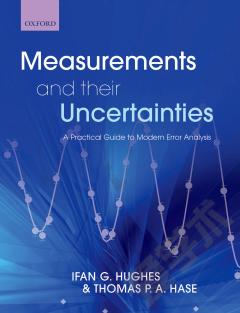
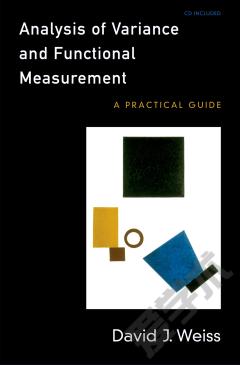

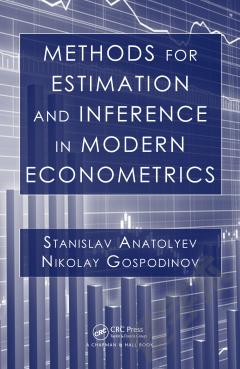
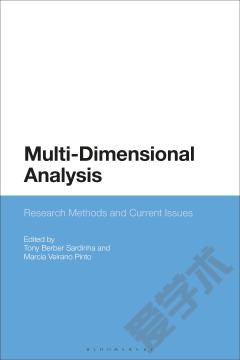
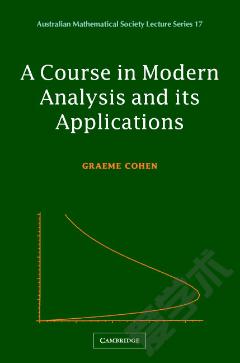
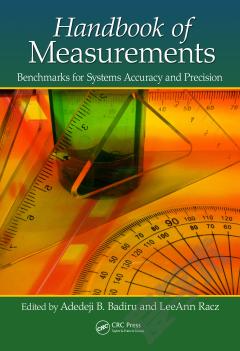

 京公网安备 11010802027623号
京公网安备 11010802027623号